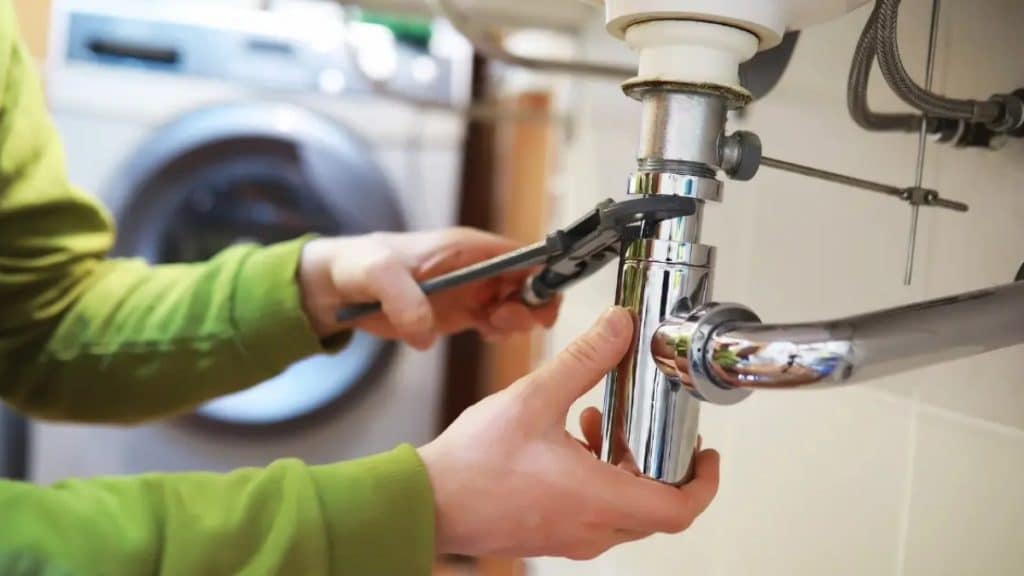Identifying Common Plumbing Projects
Homeowners often find themselves tackling various plumbing issues throughout their homes’ lifespan. These projects range in complexity and cost, from straightforward tasks like unclogging a drain to more extensive overhauls such as re-piping or adding a new bathroom. A basic understanding of these everyday plumbing tasks can help you anticipate the issues you might encounter and prepare your finances accordingly. One way to gain insights into these frequent issues and their solutions is to explore plumbing problem compilations across trusted home repair sites.
Financial Planning for Home Plumbing
Embarking on a home plumbing project necessitates a thoughtful financial strategy. Start by estimating the project’s total cost and determining material and labor expenses. This initial planning step can prevent budget overruns and highlight areas where costs might be reduced. Collecting multiple quotes from reputable plumbers ensures competitive pricing and reveals the actual market cost for your project. Additionally, setting aside a contingency fund is crucial, as unexpected issues often arise during plumbing projects. For those seeking to alleviate immediate financial pressures, it might be beneficial to explore financing solutions from Plumbers near me that offer financing, which offer tailored options to ease financial strains.
Financing Options for Plumbing Needs
The financial outlay for extensive plumbing work can be daunting, but numerous financing avenues are available to help manage these costs efficiently. Home improvement loans are popular, allowing homeowners to amortize costs over an extended period, which can soften the impact on monthly budgets. Alternatively, credit cards with low introductory APR offers can finance smaller projects without incurring high interest. Many plumbing service providers now offer custom financing packages tailored to the type of service needed, providing flexible payment plans that align with your financial situation.
Budgeting Tips for Plumbing Improvements
Creating a budget for plumbing improvements is essential in managing both short-term and long-term financial health. Begin your budget planning by identifying all potential expenses, including unexpected ones that could arise as the project progresses. Budgeting tools and apps can provide a clear picture of your financial landscape, helping you allocate resources effectively. These tools often include features that allow monitoring and adjusting financial plans in response to project developments. Building a contingency fund within your budget ensures you are aware of unforeseen expenses. Here’s a simple guide to structuring a plumbing budget:
Practical Budgeting Steps:
- Define your project’s scope and necessary materials by detailing every aspect of the work involved.
- Seek multiple quotes to understand the price range for materials and services, and choose wisely based on reliability and cost.
- Use accounting software or mobile apps to keep track of costs and expenditures to stay within budget.
- Set aside a part of your entire budget for a contingency reserve to handle unanticipated expenses.
Maintaining Plumbing Systems to Reduce Costs
Consistent maintenance of plumbing systems is a proactive approach that can save significant money over time. Regular inspections and maintenance routines, including checking for leaks, testing water pressure, and inspecting water heaters and boilers, can prevent minor problems from escalating into costly repairs. Investing time in these simple checks helps maintain system efficiency and avoids unexpected breakdowns. Moreover, periodic professional evaluations can provide insights that are not always visible to the untrained eye, preventing potential disasters.
